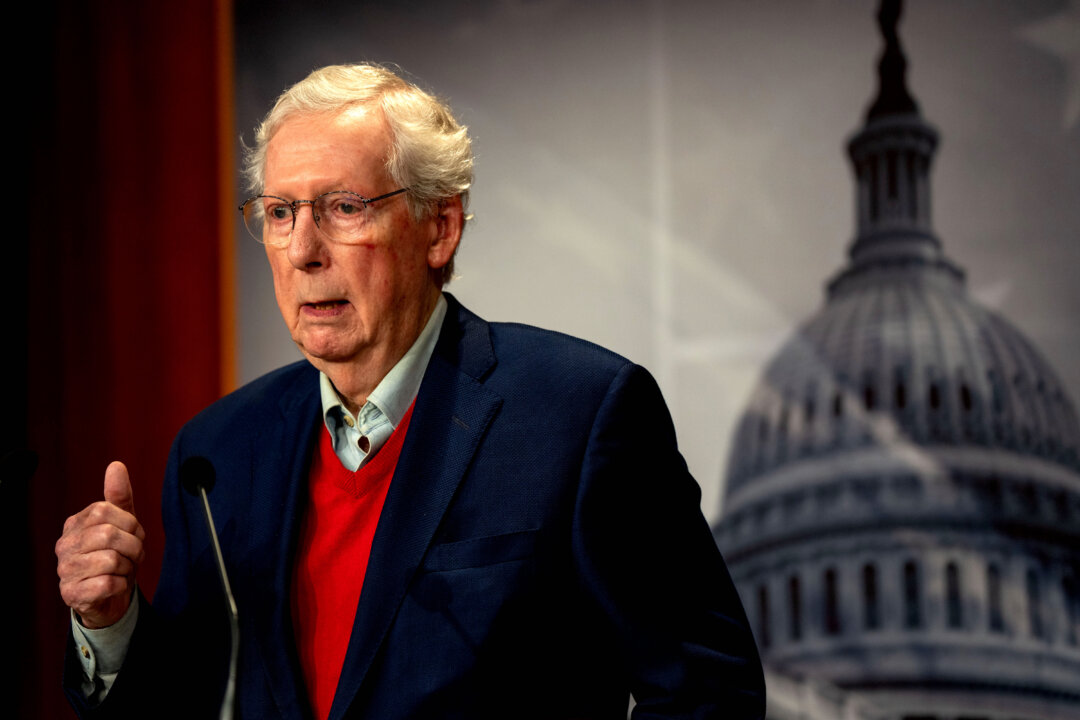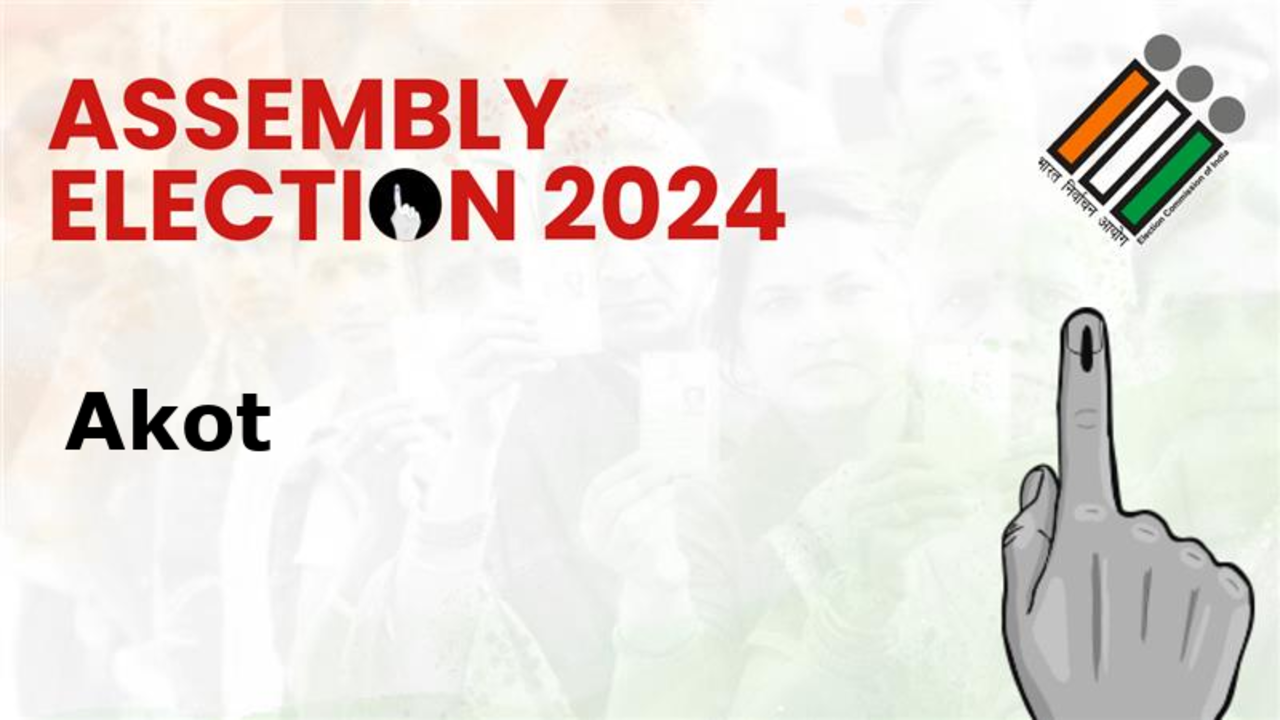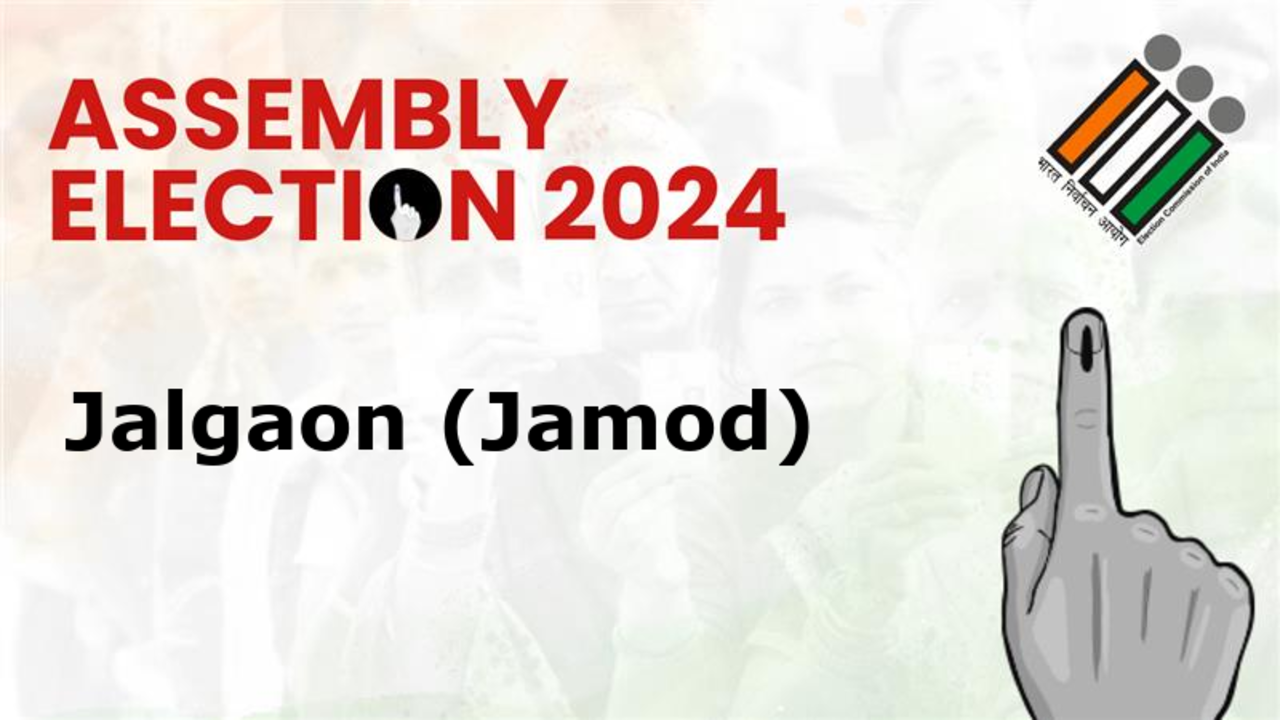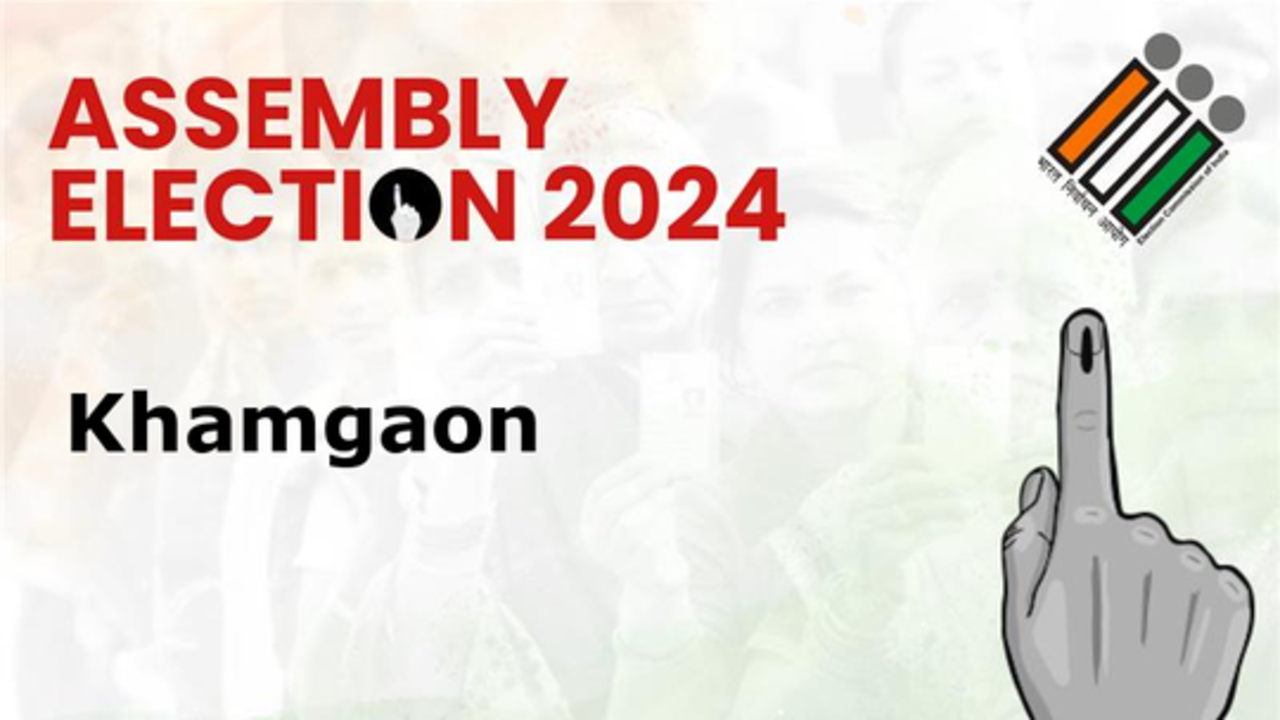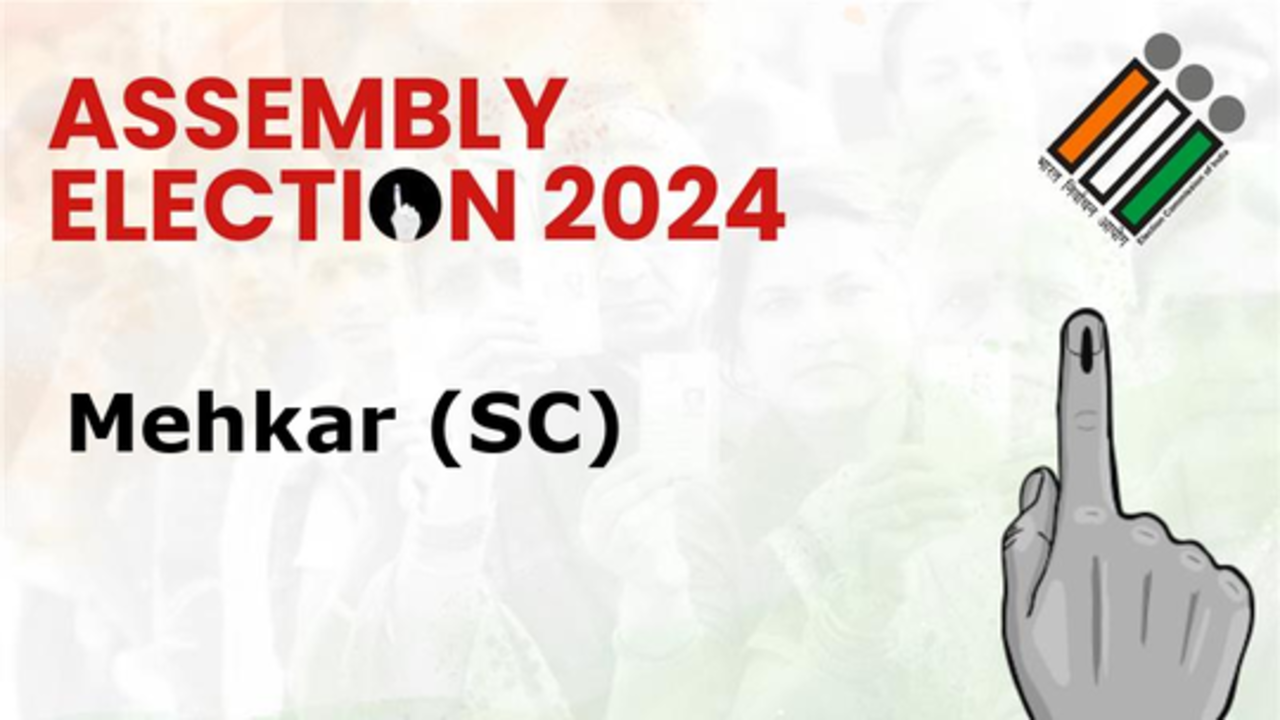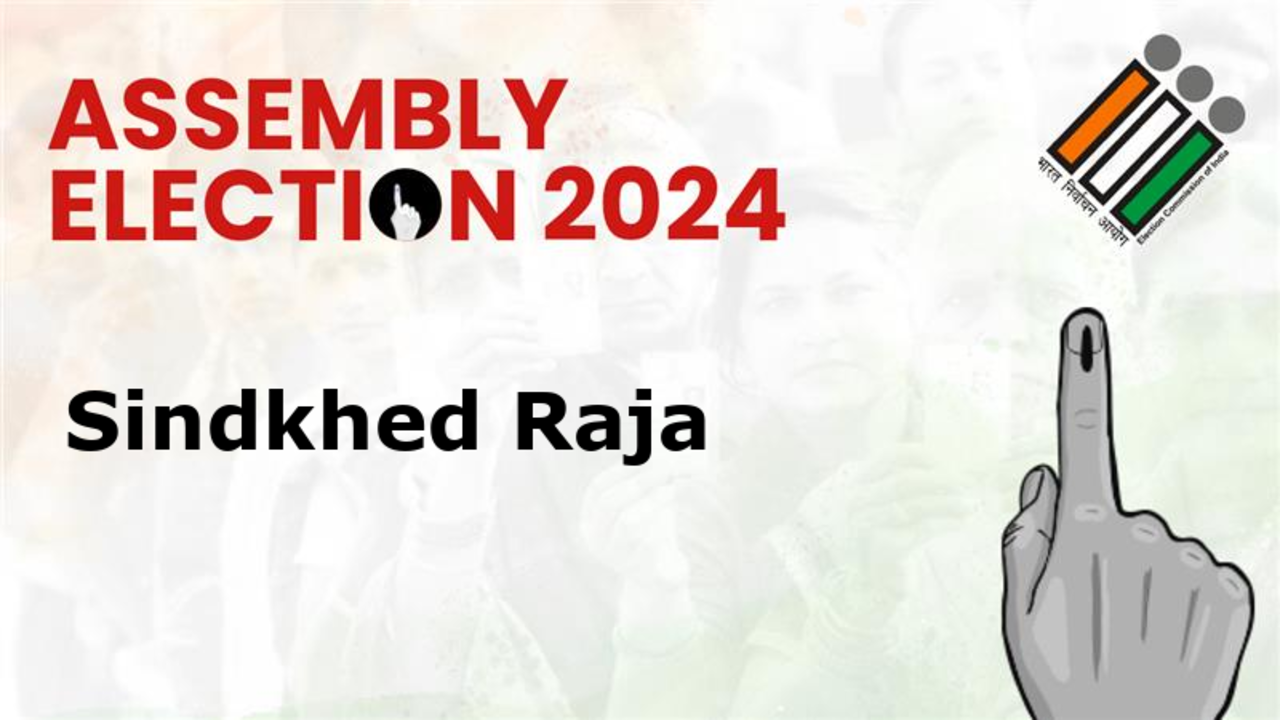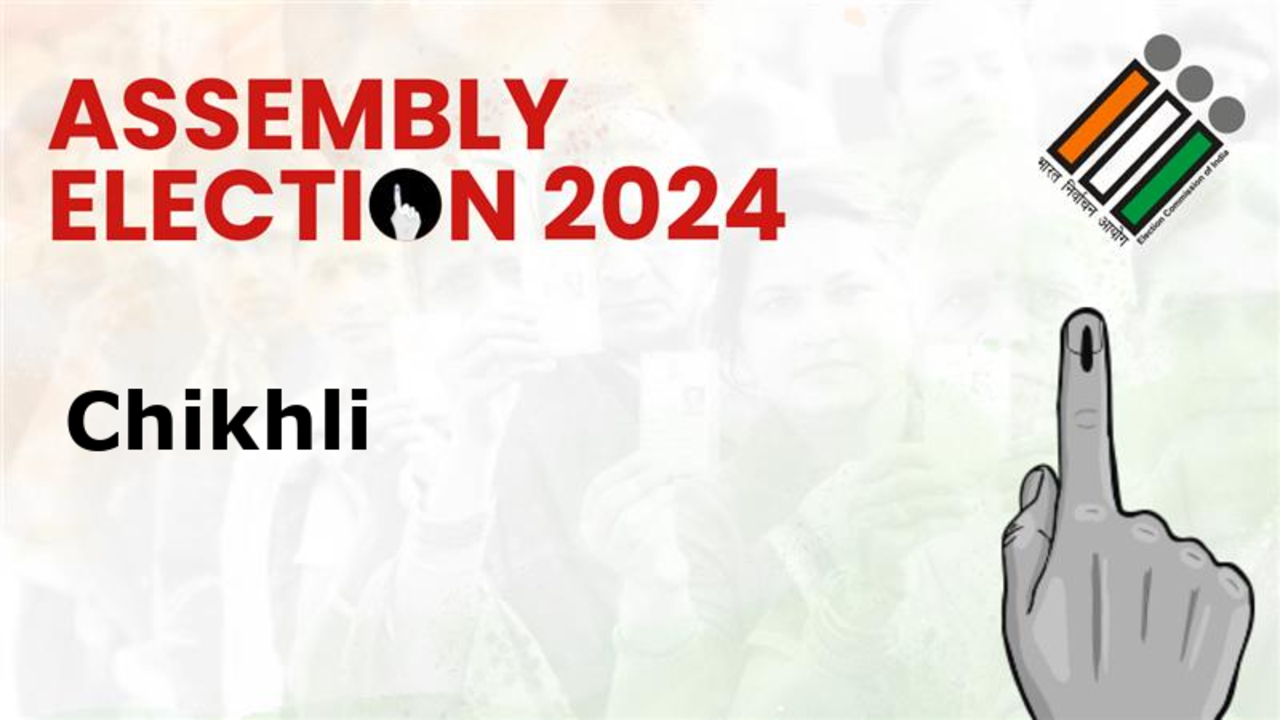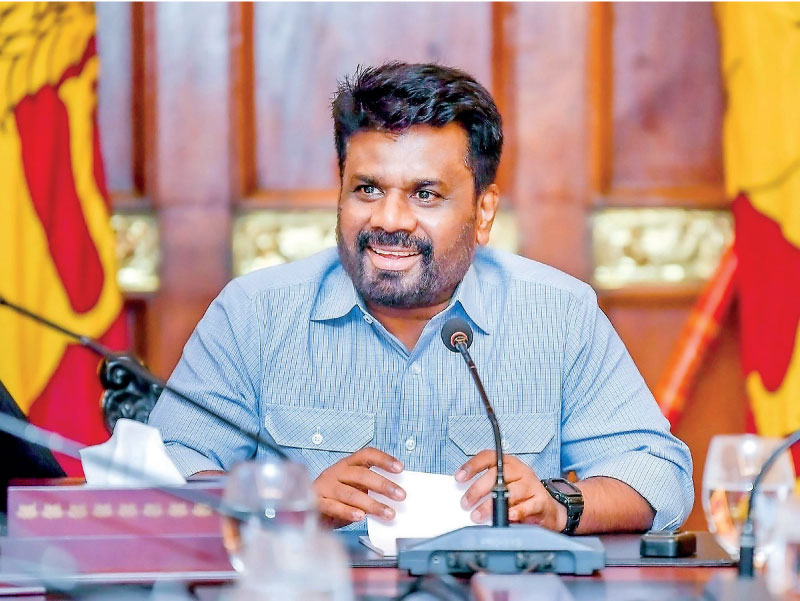
At the General elections held last week, voters from all over the country have overwhelmingly selected the candidates fielded by President Anura Kumara Dissanayake or AKD as legislators to frame laws for a five-year term. In his journey to presidency, AKD’s supporters sang the theme song of which an appropriate rendering in English will be, ‘Today the whole nation in a single file will hand the country over to Anura to usher prosperity to people’. But the election results showed that it was not in a single file but without the support of the marginalised citizenry from the upcountry, and the north and the east.
Like a true statesman, delivering his victory speech at the Elections Secretariat, AKD admitted that he had been endorsed by some sections in society but there are those who had not voted for him. He said that he will serve all the people without any division or discrimination as their President1. What he implied was that only the voters in the southern part of the country had endorsed him and his next move would be to win those who had not voted for him over to the common cause of rescuing the country as pronounced in his election campaign.
This is an impossible task but within the next one month or so, he was able to win the hearts of those in these breakaway districts. The present Parliamentary election has endorsed his policies in a single file doing justice his theme song. This is a historic occasion in Sri Lanka because in the past no Sri Lankan leader has been able to unite the country through the power of the ballot in this manner.
Their attempt at doing so by the power of the bullet has miserably failed. But along with this electoral record which has elevated AKD and his supporters to the highest pedestal of the reign of power, there is an unshirkable responsibility cast on him as well. AKD and his team basically come from the unprivileged classes of contemporary society.
His chief opponent, the former President Ranil Wickremesinghe or RW, is reported to have tried to belittle him on the ground that he had been educated in the Thambuttegama Central College established by him and the University of Kelaniya established by the former President J.R. Jayewardene at a forum of business leaders and intellectuals in Kurunegala.
Both claims are inaccurate though no one challenged him at that time. The Thambuttegama Central College which had existed from 1880-90 had been upgraded to a central college by Dr. C.
W.W. Kannangara reforms in 1940s2.
The Kelaniya University was established as the Vidyalankara University in 1959 by Prime Minister S.W.R.
D. Bandaranaike in appreciation of the services provided by Vidyalankara Pirivena which had existed since 18753. RW’s underlying message was that someone who had not come from the elite class or elite schools in Colombo is not suitable to hold the baton of power in the country.
This is the elite class mentality which writer Martin Wickramasinghe referred to as Bamunu Kulaya. He branded the political revolution that took place in 1956 transferring power from this elite class to common man as Bamunu Kulaye Bindawetima or the Collapse of the Elite class4. That was the expectation at that time, but it never happened because it is the rule by this class since independence that led people to vote overwhelmingly to put AKD and his team in power.
Therefore, it is the responsibility of AKD to see that that elite class will not raise its head again and there will be a society in which wealth and prosperity are shared more equitably by all. If he fails, he will also face the same fate as his predecessors who were thrown out of power by the power of the ballot. Tackling the unprecedented economic challenges as a matter of highest priority and laying the foundation for a sustained economic prosperity is the serious responsibility he should now shoulder together with his team.
The first and most serious challenge is to unshackle himself from the fetters which the ex-President Ranil Wickremesinghe or RW had tied to his leg through the hasty enactment of the Economic Transformation Act just before the Presidential elections. This law, though titled as the economic transformation act, has nothing to do with economic transformation as I have pointed in one of the previous articles in this series5. I said that the biggest problem of the new President will be the “statutory compliance he should maintain with the targets set for him over the next five years under the Economic Transformation Act or ETA enacted by Parliament in August 2024.
The quantitative targets which should not sit in a legislation concerning the transformation of the economy will virtually bind the hands and legs of the new President over the next five years”. The quantitative targets that have been incorporated into ETA have been drawn from the agreement which Sri Lanka had made with IMF for EFF and some other targets relating to areas like economic growth. Sri Lanka should transform its economy structurally to ensure a high economic growth and deliver prosperity inclusively to all Sri Lankans.
ETA requires AKD to attain and maintain a real economic growth of 5% till 2027 and above 5% thereafter. This will be a miraculous attainment since the country’s potential real growth, based on the installed capacity, is much lower than this as shown in Figure I. There are three valid reasons for such a structural transformation.
One is that Sri Lanka still produces products of simple technology to the global markets. About 95% of the goods and services it exports to the rest of the world fall into this category. This is shown by the Economic Complexity Index which Harvard University’s Center for International Development or CID prepares for individual countries in the world annually.
The data in the index are presented in the form of a map and the map for Sri Lanka for 2021 is given in Figure II. It is only the blue area that represents the complex products. The second reason is that, while the world has now evolved from the first industrial revolution to the fourth industrial revolution and is on the verge of a fifth one now, Sri Lanka is still producing goods and services basically by using electricity driven machinery, a feature of the second industrial revolution.
It should leapfrog from the second to the fourth bypassing the third if it should show its presence in the global markets. This involves a quantum leap as shown in Figure III. The third reason is more compelling one which is personally attributed to the incumbent President Ranil Wickremesinghe.
Addressing Parliament in August 2022 he pronounced that his government’s goal is to make Sri Lanka a developed country by 2048 when it will celebrate the centenary of independence from Britain6. This is a long-term goal to be achieved in about another 25 years, which represents the passage of one generation and is, therefore, practically attainable. AKD may not pursue this 2048 goal of becoming a rich country.
Instead, he will pursue policies to make the country a rich country within a single generation meaning that the country should become rich within the next 25-to-30-year time. It is important that AKD and his Government should faithfully pursue this goal. Since the present economic structure based on the production methods followed during the second industrial revolution does not permit Sri Lanka to do it, it is necessary, as a matter of utmost priority, the country’s economy should be transformed structurally.
The other quantitative targets which AKD and company should attain under ETA are as follows. One goal is to bring the central government debt to GDP ratio below 95% by 2032. The current level of debt with import restrictions and debt suspension is about 119% at end 2023.
However, when the external debt in arrears amounting to $ 6.6 billion as at end-2023 is added to the debt stock, the ratio will jump to 127%. If the creditors do not agree to write off these arrears, AKD and his Government will have to strain more to comply with this target.
The Government’s gross financing requirement, that is the gap in the Budget between the revenue and the expenditure without assuming that the maturing debt is not repaid by further borrowing, should be brought down to 13% by 2032. Again, with debt suspension, the requirement proposed in Budget 2024 is 24% of GDP; but without debt suspension, it will jump to 33%. Again, a more difficult task.
A third target is that the foreign debt servicing to GDP should be reduced to 4.5% by 2027 but the current ratio of 1.7% will increase to 10% if debt suspension is not permitted.
A fourth target is to maintain the deficit in the current account of the balance of payments below 1% of GDP. Currently, it is a surplus of 2%, but in a scenario of not having debt suspension, it will be converted to a deficit of 5%, a harder starting position for the new Government. A more controversial target is the conversion of the primary account of the Budget to a surplus of 2.
3% till 2032 and to 2% thereafter. Primary account balance is the gap between the total net expenditure, that is without maturing debt, and interest payments and the total gross revenue of the Government. Since the debt servicing is a non-discretionary expenditure, the objective of the target for a surplus in the primary account is to force the Government to cut all other expenses which are considered discretionary expenses.
In 2023, a surplus of 0.6% was recorded to the much praise of IMF and jubilation of the President Ranil Wickremesinghe. But this was recorded by drastically cutting the discretionary capital expenditure from around Rs.
1,220 billion, promised in the Budget 2023, to Rs. 657 billion as reported by Central Bank in its Annual Economic Review for 2023. Cutting capital expenditure was not what was expected of having a surplus in the primary account.
Such a cut that denies essential public investments to the economy diminishes the future growth prospects. In 2024, a surplus in the primary account has been reported by adopting the same shortsighted window-dressing strategy. According to the data released by the government, during January-August 2024, the capital expenditure had amounted to Rs.
432 billion. However, the budget 2024 approved by Parliament in December 2023 had envisaged a capital expenditure of Rs. 1,260 billion for the whole year.
It seems that at the current rate of spending on capital items, the year will have a total of Rs. 648 billion recording an under performance of Rs. 612 billion.
Any reported surplus in the primary account through this window-dressing will be self-defeating for AKD and his Government. Another target is to increase the Government revenue to GDP ratio to 15% of GDP by 2027. The current level is about 13% of GDP and is underperforming by about 10% compared to the budget 2024.
Hence, AKD should run faster to raise the ratio to 15% by rapid expansion of the tax net, on one side, and introduction of new taxes like property taxes, on the other. If the Government goes ahead with its promise of increasing salaries of public servants and providing relief to the vulnerable groups, it will run into an unmanageable revenue gap. New taxes should necessarily be imposed to fill the gap.
But those taxes should not put the people into greater hardships. The choice of the appropriate revenue measures should be made with this target in mind. The other goals relating to reduction of the poverty head count level to below 15% of population by 2027 is also a hard task with the present level of 26% according to the World Bank which uses a Purchasing Power Parity or PPP Income of $ 3.
65 a day. However, a PPP income of $ 6.85 is used, it jumps to 67% meaning that there many marginal income earners who are vulnerable and would fall into poverty if economic conditions become worse.
Further, the real growth in the economy that will increase the prosperity and wellbeing of people should be at least 5% till 2027 and above 5% thereafter. This is why it is necessary for Sri Lanka to transform the economy structurally to attain and sustain a high growth. As Figure I shows, the growth prospects for Sri Lanka till 2027 are very bleak.
Since Sri Lanka’s savings are inadequate to meet the investments needed to have the target economic growth rates, it is necessary for the country to make more foreign borrowing to fill the saving-investment gap. It will increase the country’s debt stock to unmanageable levels. The other important targets like having a net zero carbon emission by 2050 have been set by UN and any future government will have to follow them.
What this means is that ETA designed by some unknown bureaucrats has no public ownership. The goals which have been set in a scenario of debt suspension and import restrictions are difficult to be attained once these restrictions are removed. Probably, AKD and his Government will have to disregard the targets since it is practically more difficult to comply with and there is no punishment if they are not attained.
A similar situation arose when the Fiscal Management (Responsibility) Act was enacted in 2003 by binding future governments to reduce the debt to GDP ratio below 60% by 2013. None of the successive governments could comply with this requirement and in 2013 and 2021, the target dates were postponed as a practical measure. Now the said Act has been repealed under the Public Finance Management Act passed by Parliament earlier.
This is what will happen to laws when future governments are bound for certain fixed goals by the present Parliament. Hence, AKD’s biggest woe will be to comply with the quantitative targets set for him by the previous Parliament. It is unethical and immoral for Parliament to attach an unbearable fetter to the leg of the governments that will be formed in the future.
AKD’s rule will be a success only if he could resolve this dilemma strategically. 1https://www.youtube.
com/live/lw8emnTiBUc?si=SNNtdfKUpk0PVzv6 2https://thambuttegamacc.lk/principal-message/ 3https://www.kln.
ac.lk/index.php/history 4Cited by H L Seneviratne in https://www.
colombotelegraph.com/index.php/the-2015-election-shades-of-1956/ 5https://www.
ft.lk/columns/Woe-of-new-President-is-not-just-taking-baby-across-coir-suspension-bridge-but-complying-with-binding-targets-of-ETA/4-766810 6https://archives1.dailynews.
lk/2022/09/07/local/286716/we-will-convert-sri-lanka-developed-nation-2048-president.








